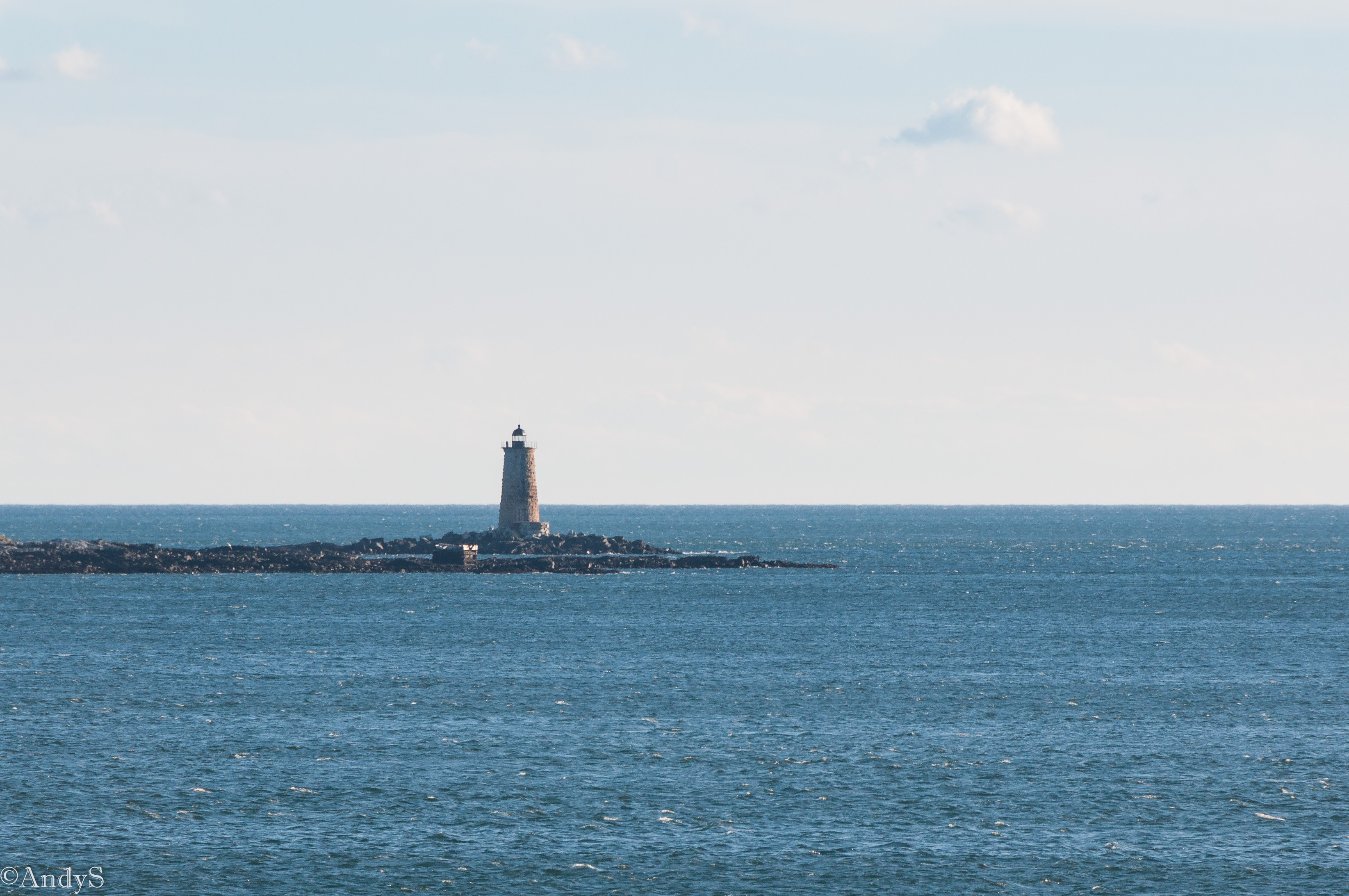Now part of Silver Sands State Park, Charles Island has a long and interesting history for such a small place.
The name apparently comes from the owner (Charles Deal) of a tobacco plantation dating back to the 17th century. I couldn’t find much history for a couple of hundred years after that, but by the 1850’s it was home to a summer resort hotel – the only one on the island. The owner, a Waterbury manufacturer named Elizur Pritchard died in 1860 (supposedly from a heart attack rushing to get off the island before high tide). His daughter owned it until shortly after the Civil War, at which point a fertilizer plant was built there (apparently not to the liking of the shore-side neighbors who didn’t appreciate the smell). Like many buildings of the time, fire claimed the hotel structure and then the factory shut down.
While I couldn’t find much information on this, apparently a religious retreat opened in the 1930’s, and the ruins you see today belong that that. After years of being abandoned, the State of Connecticut took it over and made it a bird sanctuary and part of the state park system.
So what is a tombolo? It is what makes this island special!
From Wikipedia: “A tombolo is a sandy isthmus. A tombolo, from the Italian tombolo, meaning ‘pillow’ or ‘cushion’, and sometimes translated as ayre, is a deposition landform by which an island becomes attached to the mainland by a narrow piece of land such as a spit or bar.“
In the case of Charles Island, the full tombolo is above water only around low tide. During that time, you can walk to the island. Otherwise, parts of the tombolo are submerged. It makes for an interesting screenshot from your map application on your phone:

Oh – the buried treasure bit. There has been a persistent rumor that Captain Kidd stopped here and buried part of his treasure. There doesn’t seem to be any truth to it – he was nearby, but at Gardiner’s Island in NY.





Hogpen Hill Farms is a sculpture park in Litchfield County, CT featuring the work of Edward Tufte. Edward Tufte is an American statistician and professor emeritus of political science, statistics, and computer science at Yale University, probably best known for his book The Visual Display of Quantitative Information. The scope of the park is hard to comprehend, spreading across 200+ acres and containing 100 works (which themselves are are significant size – that is a full Airstream trailer in the photo below).

Point Judith Lighthouse, Rhode Island
Conveniently located near some of the best clam fritters available….
The current brick lighthouse is from 1857, located near entrances to Narragansett Bay and Block Island Sound.








Through my prior posts, I have exhausted my supply of good lighthouse photos, so this will be my last post on the topic. I’m closing with some of the “also-ran” photos from my collection.





The lighthouse in Stonington, CT is notable for its one-piece all-stone construction. Built in 1840, it was only used until 1889 when it was replaced by beacons on the harbor breakwaters. It was used by the beacon keepers until 1909, at which point it was vacant until 1925. The Stonington Historical Society purchased it that year, opening it as a museum in 1927. According to their website (1), it was the first lighthouse museum in the U.S. The museum is open to this day.

(1) https://www.stoningtonhistory.org/visit/the-old-lighthouse-museum/







